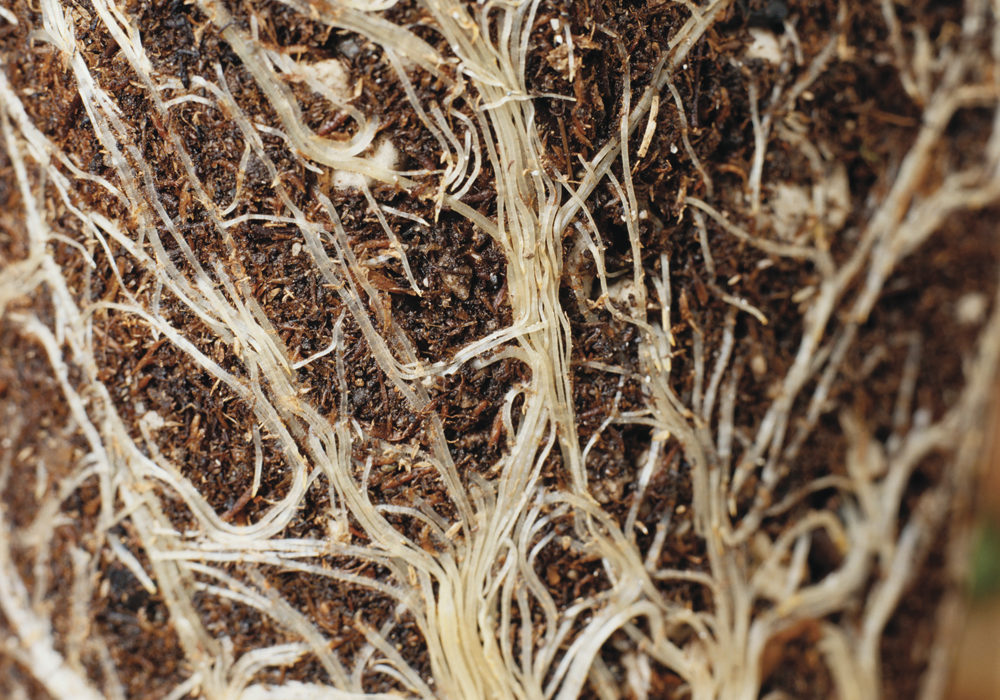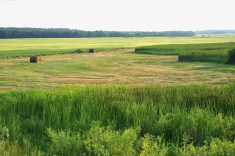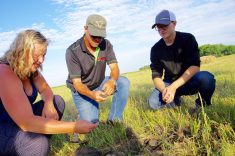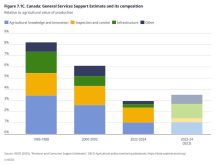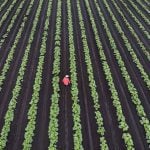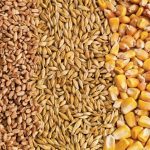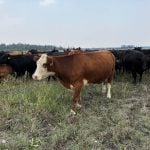When it comes to plant roots it’s out of sight, out of mind.
But roots are an essential part of almost all plants and crucial to plant productivity and food production.
For scientists, a better understanding of roots is important and their measurement is increasingly of interest.
The problem is measuring roots is a hard job that involves washing, filtering, drying and weighing fine and delicate root tissues.
Another approach has been to use electrical capacitance, or the ability of an object to store an electrical charge, to measure roots. However, until now that’s only worked for hydroponically grown plants.
Read Also

Agriculture remembers Rosalie Tennison
Rosalie Tennison, a Manitoba agricultural journalist and author, has died after being struck by a vehicle in Winnipeg Nov. 21.
As Craig Carlson, a PhD candidate at Cornell University’s College of Agriculture and Life Sciences, explains, “A majority of electroconductivity studies has focused on annual grasses and hydroponic systems. We wanted to develop a cheap, quick method of measuring root biomass in soils.”
Carlson works on North America’s largest breeding program for shrub willow, an important biofuel crop. One aspect of the work requires growing individual plants in separate pots, and an efficient method to quantify root biomass would allow for more rapid selection.
Despite being initially skeptical the root electrical capacitance method would work in soil, Carlson was able to tweak the technique and show how it works in a paper published in a recent issue of Applications in Plant Sciences.
Using a relatively simple setup composed of a stem clamp, soil probe, and capacitance meter, he can make quick predictions of dry root biomass and circumvents the need to meticulously sift through soil.

